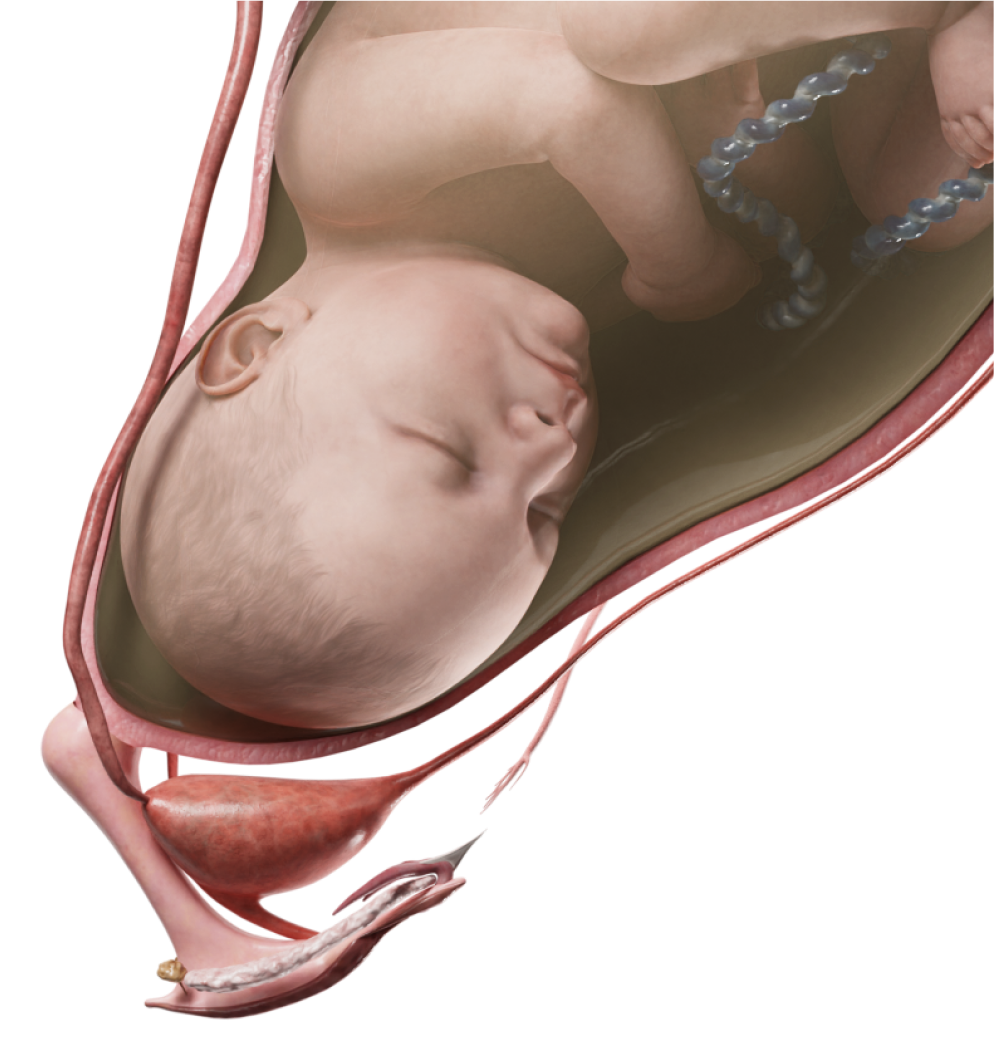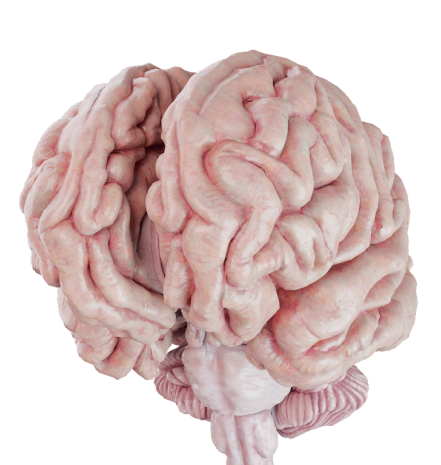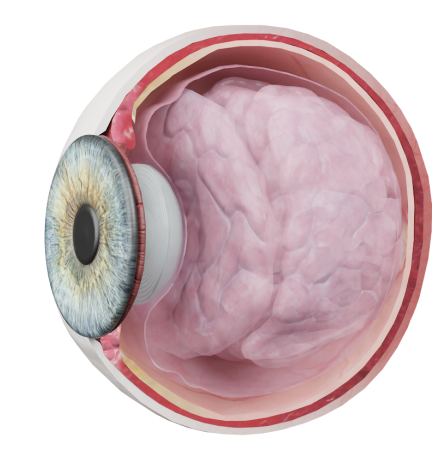Coronary artery atherosclerosis
Coronary atherosclerosis is a pathological condition characterized by the formation of fatty deposits (plaques) on the inner walls of the coronary arteries.
Anatomic Pathology and Pathophysiology
Atherogenesis is mostly triggered by endothelial dysfunction and subsequent inflammation. A number of risk factors (arterial hypertension, diabetes mellitus, dyslipidemia, etc.), as well as the release of vasoconstrictors, adhesion molecules, and inflammatory cells during atherogenesis, can cause the formation of atherosclerotic plaques. These plaques, or atheromas, are composed of lipids, cholesterol, inflammatory cells, smooth muscle cells, blood cells (such as platelets), and calcium deposits.
Atherosclerotic plaques tend to develop at sites of increased turbulence in coronary flow, such as branching points of arteries. Besides direct damage, turbulent blood flow also provokes the release of various cytokines and adhesion molecules, thus escalating the risk of plaques and blood clots.
Atherosclerotic plaques can be either stable or unstable. The former are not prone to rupture, usually remain unchanged, and may even regress. The latter are prone to rupture and erosion and often lead to thromboembolic and ischemic complications.
Clinical Manifestations
Coronary atherosclerosis can be asymptomatic for long periods of time and manifest only when there is an obstruction to blood flow in the coronary artery, leading to ischemia. This condition is characterized by stable or unstable angina, dyspnea, arrhythmias, myocardial infarction, or even sudden cardiac death.
Diagnosis
- ECG: signs of ischemia.
- Echocardiography: areas of myocardial damage (hypokinesis or akinesis) in case of myocardial infarction.
- Angiography: helps to visualize a damaged area, assess plaque size, and determine the severity of the circulatory disorder.
Treatment
Treatment for coronary atherosclerosis comprises a range of methods. There is no standard drug therapy or treatment for concomitant diseases that are risk factors for atherogenesis, since each case requires an individual approach.
Pharmacotherapy includes statins, angiotensin-converting enzyme (ACE) inhibitors, beta blockers, and antiplatelet drugs. To treat the disease effectively, some lifestyle changes are also necessary: a patient should break unhealthy habits and alter his or her diet and exercise routine.
There is a nonsurgical, invasive procedure called percutaneous coronary intervention (PCI) (sometimes referred to as "coronary stenting") that is used to achieve revascularization of the myocardium in patients with ischemic heart disease (IHD). If indicated, specific surgical methods for myocardial revascularization may be applied. These methods include coronary artery bypass grafting (CABG) and mammary-coronary artery bypass surgery, which can be performed either with a cardiopulmonary bypass (CBP) or on a beating heart (off-pump).










